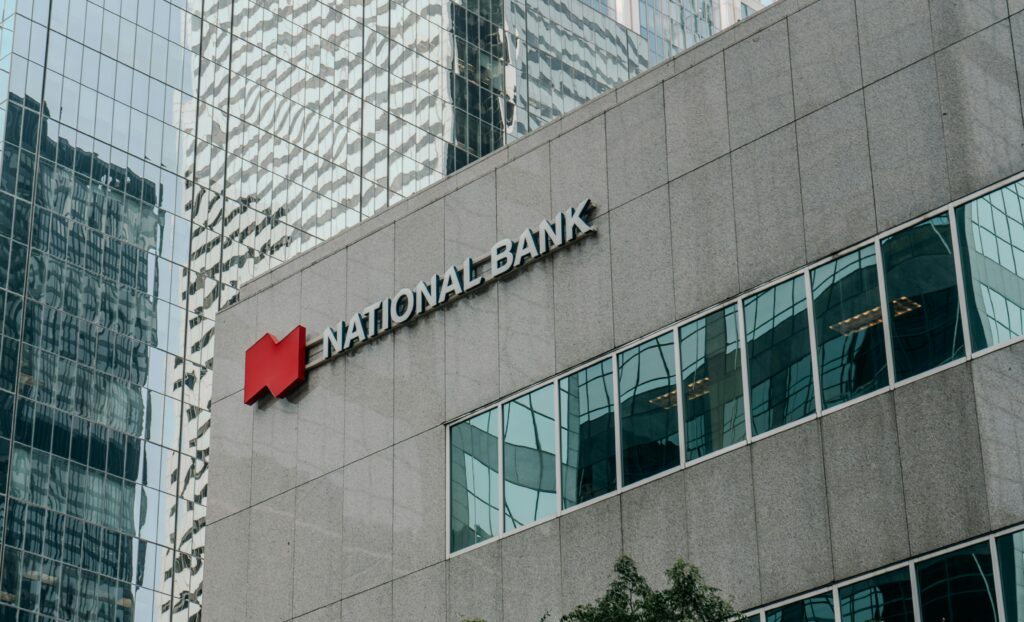Imagine a society in which digital money issued by your nation’s central bank is used for all transactions, including purchasing food, and you no longer carry cash in your wallet. Central Bank Digital Currencies (CBDCs) are a notion that has emerged from the world of speculation to the vanguard of global financial creativity, and they have this potential.

The digital equivalent of a country’s fiat money is represented by CBDCs. Central banks support and oversee CBDCs, which provide a combination of digital ease and the stability of the conventional currency, in contrast to cryptocurrencies, which function on decentralized networks. The future of money may look significantly different from what we know now as more nations investigate or introduce CBDC programs.
Why Are CBDCs gaining attention
In many regions of the world, the use of cash has been gradually decreasing over the last ten years, while electronic payments have increased. People have become used to doing business online and using mobile wallets. Nevertheless, because these electronic payment methods are based on private infrastructure, banks, fintech firms, and payment providers serve as middlemen.
A strong substitute is provided by CBDCs, a digital payment system that does away with middlemen while maintaining central bank authority. By guaranteeing that electronic commerce is closely connected to government reserves, this improves financial security in addition to making payments more efficient.
CBDCs can also encourage financial inclusion. Large segments of the populace in many nations do not have access to standard financial services and are therefore unbanked. Millions might enter the economy with a CBDC that is accessible via a basic mobile device and does not require a bank account.
How CBDCs work
CBDCs operate similarly to physical currency. A CBDC is a direct claim on the banking system as opposed to digital currency kept in bank accounts, which is an obligation on a commercial lender. It is essentially the same as having actual cash on hand, just digital.
There are two primary models for implementing CBDCs:
- Retail CBDCs
These are intended for use by the general public. CBDCs may be stored in digital wallets by both individuals and companies, which makes daily transactions simple.
- Wholesale CBDCs
Substantial interbank payments are the main use for these, which are designed for banking organizations. By simplifying international payments and lowering resolution risks, wholesale CBDCs may greatly increase the speed and reliability of financial markets.
Both approaches may coexist and provide distinct advantages to various economic sectors.
The benefits of CBDCs
CBDCs offer several potential advantages:
- Enhanced payment efficiency
The use of several middlemen makes traditional cross-border payments sometimes costly and delayed. These transactions might be streamlined by CBDCs, increasing their speed and efficiency.
- Greater monetary control
The money supply and monetary policy would be more effectively managed by central banks. With CBDCs, they could more successfully execute policies like negative interest rates or direct stimulus payments to citizens.
- Improved financial security
Compared to private digital currencies, virtual are safer since they are issued and governed by central banks. They may offer a reliable, secure digital currency during uncertain economic times.
- Combatting illicit activity
Central banks may improve money transaction tracking via CBDCs, which would make it more difficult for criminals to evade taxes or launder funds.
Challenges and concerns
CBDCs have a lot of obstacles despite their promise. Privacy is one of the main issues. Concerns over mass monitoring may arise because, in contrast to cash, which permits anonymous transactions, CBDCs may allow governments to keep a close eye on financial activity.
Cybersecurity is another problem. Since CBDCs only conduct business online, hackers attack them often. To avoid significant financial chaos, it is crucial to guarantee the security of the CBDC network.
Financial disintermediation is an additional danger. The financial system may become unstable if people decide to retain CBDCs rather than bank deposits as this might limit commercial banks’ capacity to lend.
Global CBDC initiatives
Different nations are at different phases of investigating or putting CBDCs into practice. At the moment, China has the most sophisticated digital yuan, with trial projects underway in many locations. While the U.S. Federal Reserve is investigating the viability of a digital dollar, the European Central Bank is aggressively investigating a digital euro. Smaller countries have already started full-scale CBDCs, including the Bahamas with its Sand Dollar.
Although each nation’s strategy is influenced by its particular political and economic climate, it is evident that central banks are taking digital currencies seriously.
The future of CBDCs
A fundamental change in the way we see and utilize money is shown by the advent of CBDCs. Cash may not completely vanish, but as digital currencies proliferate, their use is probably going to decline. It remains to be seen if CBDCs will bring about a paradise of effective, equitable financial systems or if they will give rise to fresh worries about control and privacy.
What’s certain, however, is that CBDCs will be a key component of the future financial ecosystem. They have the potential to reshape commerce, central banking, and even global economic relations. As this transformation unfolds, both individuals and institutions will need to adapt to this new era of money.
You may also find these articles helpful
Best ways to transfer money from the USA to India
Best way to transfer money from Canada to Singapore
Everything you need to know about Ellevest Robo-advisor









